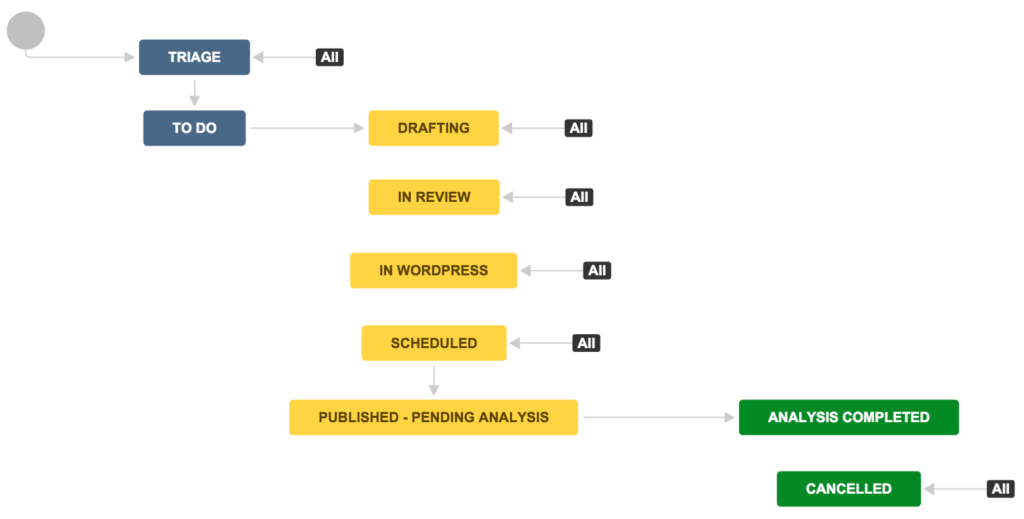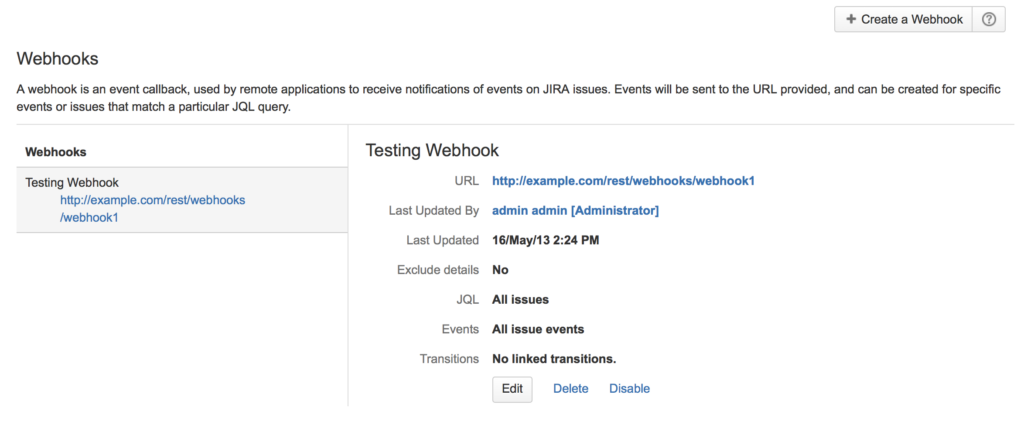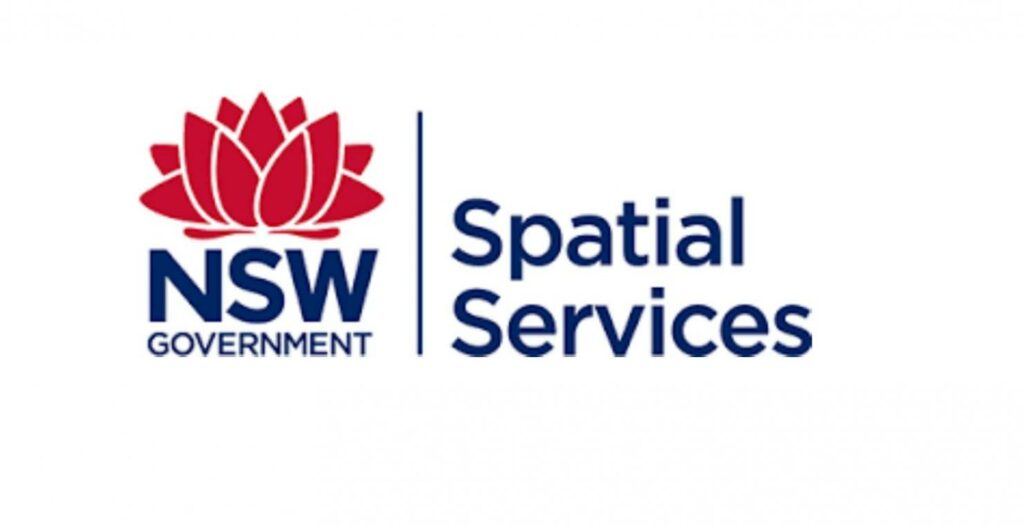The Brief
Spatial Services (DFSI) is a government agency that manages road and place naming processes. They had a tried-and-true system in place using Jira in Kanban, which allowed for cross-team collaboration and explicit workflows. However, they were looking for ways to streamline their processes even further.
Our Approach
Our solution leveraged Jira’s power as a workflow engine to streamline internal business processes. We developed a custom application using Vue and TypeScript that seamlessly integrated with Jira’s API. This allowed us to tap into Jira’s extensive capabilities and customise our solution to fit unique needs.

To visually manage tasks and processes, we leveraged Jira’s Kanban boards. These boards represent workflow stages, such as To Do, In Progress, and Done, providing a clear and intuitive way to track progress and collaborate effectively. Whenever an issue is updated in Jira, such as a status change or assignment update, our system takes advantage of Jira’s webhook feature. Webhooks are triggered events that Jira sends to a designated URL (endpoint) of our application.
To ensure that the webhook process correctly maps data, we created a strict type system in which the objects from Jira hooks would map correctly into the system’s control flows. Data mapping occurs at the middleware layer between each webhook request. The request interprets the webhook headers and authenticates them. Each requested hook maps to a type function that normalises the webhook data object into an object that contains only the required data that the workflow engine needs to process.

Jira’s system could be changed and the workflows could also have new fields and processes added, having a strong type system in the application meant breaking changes could be caught during the runtime stage without the application falling over.
In our API, we have set up specific endpoints to receive these webhook notifications from Jira. When a webhook is triggered, Jira sends a payload containing relevant information about the update to our app’s webhook endpoint.

Upon receiving the webhook, our API processes the payload and initiates automated actions tailored to the requirements. This automation can include updating our app’s internal state, triggering other processes or workflows, sending notifications to the appropriate stakeholders, or integrating with external systems or APIs.
The orchestration of events posed a challenge around distribution and throttling. Jira’s workflow engine could emit many messages of the same type at the same time. To reduce noise in notifications and ensure that only the most important messages are processed, our system deduplicates requests and manages throttling.
This means that all messages in the queue are processed, but only the required messages make it through the notification system. This helps to prevent the system from becoming overloaded and ensures that users only receive the notifications that are relevant to them.

The Outcome
By harnessing the power of Jira’s Kanban boards, API, and webhook functionality, we have developed a customised workflow engine in TypeScript. This engine uses webhooks to listen for updates to issues in Jira. When an issue is updated, the webhook triggers our TypeScript app, which intelligently responds by automating tasks based on the updated issue. This solution helps to streamline processes, improve visibility, and increase collaboration.
We understand that business processes are unique, and we have designed this solution to be flexible and adaptable. We can fine-tune the automations to align with specific needs and ensure that internal business apps seamlessly integrate with Jira, streamlining workflows and enhancing productivity.

About
Spatial Services (DFSI), a division of the Department of Customer Service, plays the central role in New South Wales Government’s spatial and land information services. Their authoritative data products provide the foundation for NSW’s mapping and spatial information systems and are used for building better services across the community, government, industry and the environmental sectors.
Authoritative spatial and land information is a vital tool that enables the community, business and government to derive maximum benefit from land and property information to generate economic growth and prosperity. Spatial information is also increasingly used for socio-economic and demographic initiatives.
“We needed a service provider to gain a deep understanding of the challenges we were facing, and to assist us to build a new service that would firstly, overcome those challenges so we could do a lot more than we were previously able, and then provide a platform upon which we could execute some of the key strategic objectives we had for the near and mid-term future. Crucially all of this needed to happen without any business interruption. The team achieved that with aplomb, and we are incredibly appreciative of the role their AWS skills and expertise played in the success of the project.” – Christian Dowling, Senior Project Manager.
About Experience Digital
Enabling businesses to thrive in the Digital Era.
Experience Digital is a trusted national digital software, data, automation, and systems integration house that has vast experience in assisting clients to transition to a digital future.
More Success Stories
MedHealth’s Purpose-Built Assessment Tool Created Using AWS Lambda
MedHealth is a broad set of industry-leading health, medical, and employment brands in the government and private health sector designed to deliver the best possible health and employment outcomes.
Redesigning the NSW Spatial Services System for a Better User Experience
How did Experience Digital's user-centered design approach improve the user experience of the NSW Spatial Services system?
Migrating NSW Spatial Services Government Data to Open Source
Find out how we migrate millions of records from legacy government databases to an open source data store.
SkyMesh’s Journey with Microsoft Dynamics 365 to Combat Churn
SkyMesh saw a 90% reduction in churn cases after implementing Microsoft Dynamics 365. Learn how you can achieve the same results for your business.
Securely Launching Mitti’s Risk Platform with AWS Cloud Solutions
Mitti is a tech-led, data-driven insurance company aiming to challenge the traditional insurance model for small to medium businesses, focusing on risk mitigation to reduce the likelihood of ever needing
NSW Spatial Services Takes the Leap to the Cloud
With help from Experience Digital, NSW Spatial Services modernized their legacy systems with microservices architecture, improving scalability, security, and maintainability.
Increasing Rhipe’s Operational Excellence Through Microsoft Power Platform
Since 2003, rhipe has been the leading cloud computing distributor and reseller in the Asia-Pacific region. With a goal to increase their presence in the Southeast Asia region, they operate







